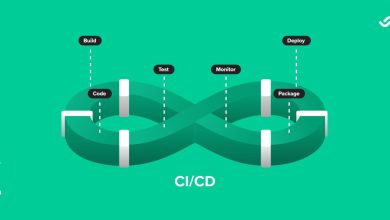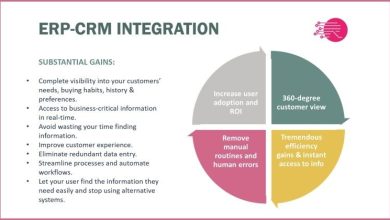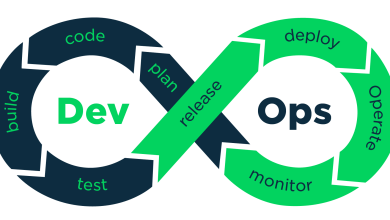Should You Get a Kneeling Chair?
A kneeling chair does not have a straight seat; instead, the seat is tilted downwards to let a person proactively maintain a straight spine. An adjustable knee resting platform lets the shins support some of the person’s weight, though it is to be noted that there should be little to no pressure on the knee area. If you are concerned about your posture and are wondering whether to get yourself a kneeling chair, you’ve found the right article.
The Advantages
A kneeling chair makes the spine curve more naturally as compared to a traditional static chair, reducing strain. It makes you keep your pelvic region open, decompressing the organs inside and alleviating muscle pressure. The lack of a backrest keeps the core engaged. Here are a few key benefits of sitting on a kneeling chair:
- By keeping your spinal cord straighter, kneeling chairs reduce pressure on the lower spinal cord and the pain that can result from it
- Circulation improves as you maintain a more open and proactive sitting position, reducing soreness as blood flow remains unrestricted
- Digestion and breathing improve as the lungs, gut, and intestines decompress
- Unsupported sitting results in the muscles continuously adjusting themselves, so the core remains engaged and strengthened
- They help build balance over time
The Disadvantages
Kneeling chairs can take a bit of time to get used to, especially as keeping the shins and core engaged is something you’ll be new to doing in a sitting position. They carry a few cons with them:
- They make you sit up higher, and they can often not be used with desks or monitors of a normal height, especially if you’re prone to rounding your back rather than stretching it while working
- Getting in and out of a kneeling chair isn’t as quick as a normal chair, so they’re not suitable for people with jobs requiring a lot of movement
- Kneeling chairs do not come with many adjustable features, so people who are built larger will find them unsuitable
Alternatives
If you’re worried about the long-term effects of sitting for prolonged periods on a conventional chair and are have no specific alternative, you have the following options as well:
- Standing chairs come with a height-adjustable post and a stress-absorbing seat with an adjustable angle. These are designed to make the standing position comfortable.
- Saddle chairs let you tilt your pelvis and open the hip area but do not have the mobility-restricting knee pads.
- Balance ball chairs have a rounded, spherical surface to keep your core muscles constantly engaged. They’re bad for resting or use for extended periods, though.
If you have lesser work and would simply prefer to stand, you can opt for a standing desk. Visit the attached page regarding kneeling chair vs stand desk for a detailed comparison.
Endnote
We don’t have a verdict for you. All we’ll tell you is that sitting on a traditional chair is bad for your posture and spinal cord, so you need to change your posture; how you do it is up to you. Kneeling chairs are great for the job you’re up for, but if you’re larger than average or simply not a fan of these chairs, there are other options to try from. As these chairs have movable parts, be sure to invest in a good quality one, or you’ll merely be wasting your money.















